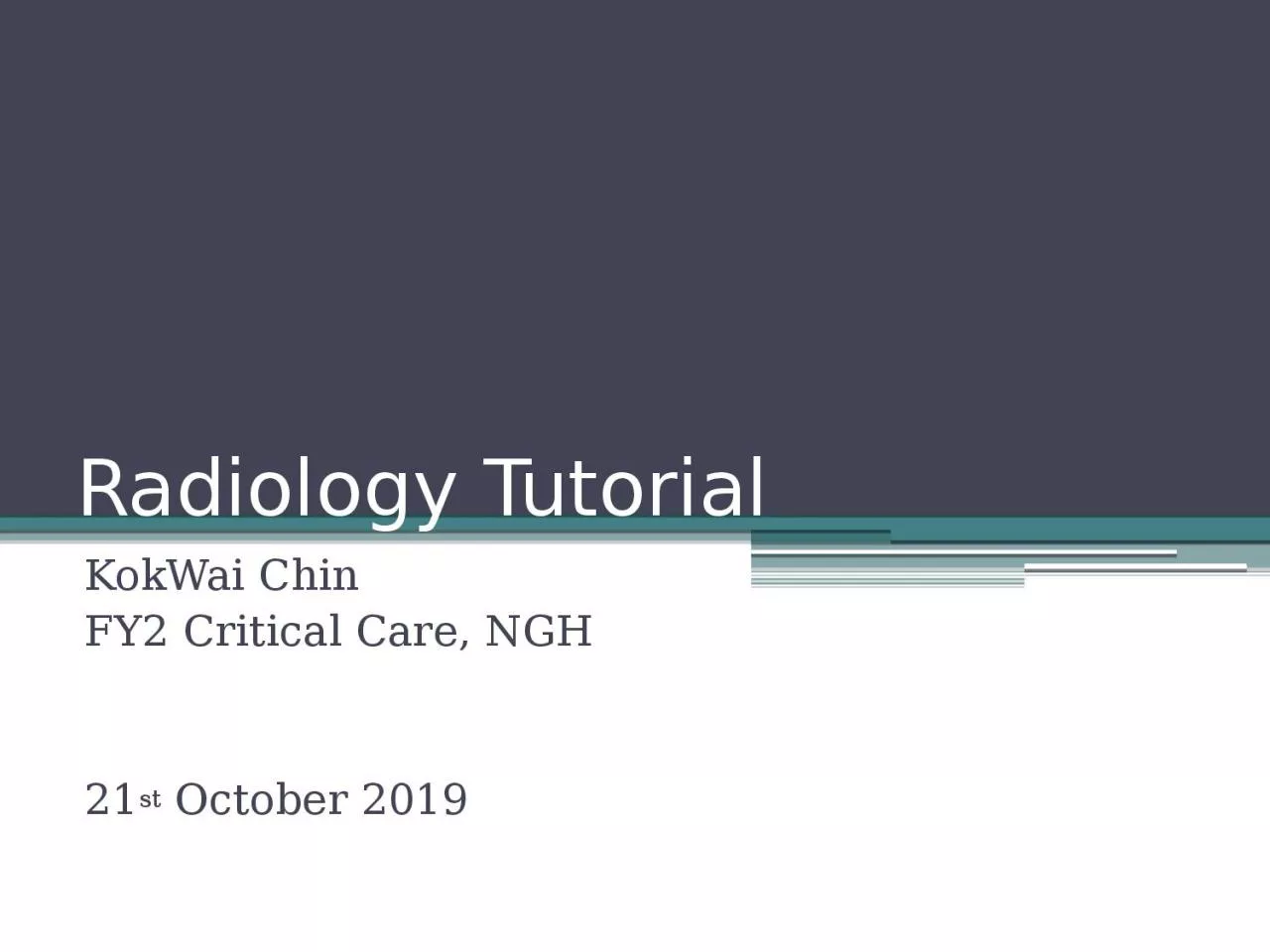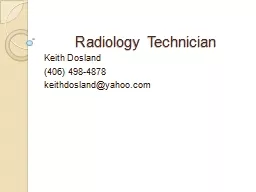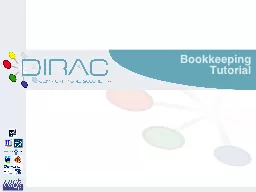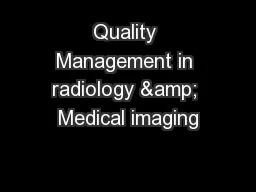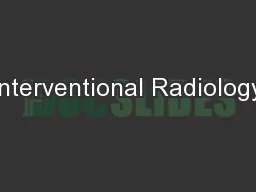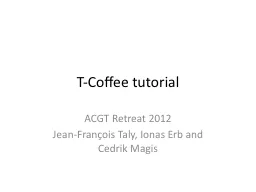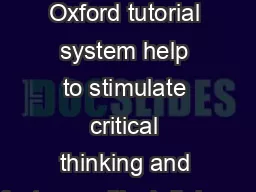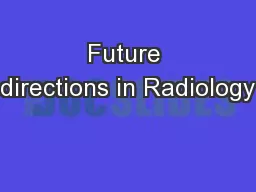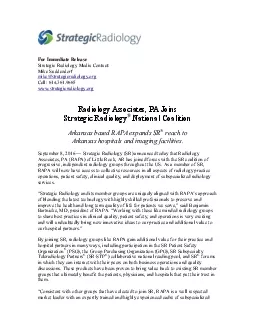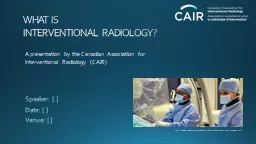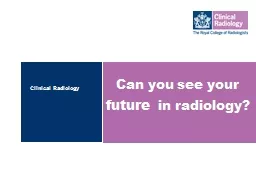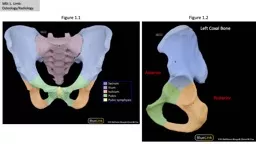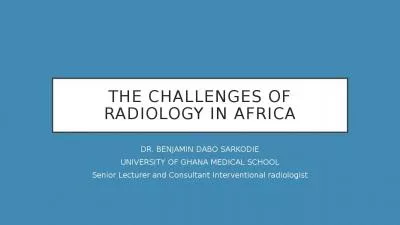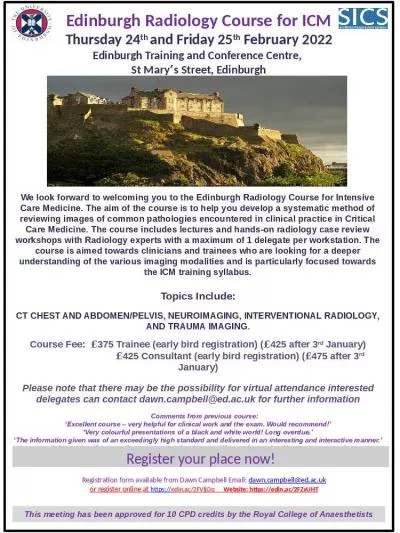PPT-Radiology Tutorial KokWai
Author : bethany | Published Date : 2024-03-13
Chin FY2 Critical Care NGH 21 st October 2019 Learning Objectives Provide a structured approach to interpreting plain film radiographs Recognise and initiate management
Presentation Embed Code
Download Presentation
Download Presentation The PPT/PDF document "Radiology Tutorial KokWai" is the property of its rightful owner. Permission is granted to download and print the materials on this website for personal, non-commercial use only, and to display it on your personal computer provided you do not modify the materials and that you retain all copyright notices contained in the materials. By downloading content from our website, you accept the terms of this agreement.
Radiology Tutorial KokWai: Transcript
Download Rules Of Document
"Radiology Tutorial KokWai"The content belongs to its owner. You may download and print it for personal use, without modification, and keep all copyright notices. By downloading, you agree to these terms.
Related Documents

